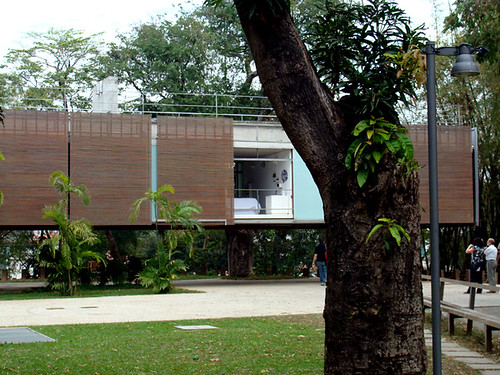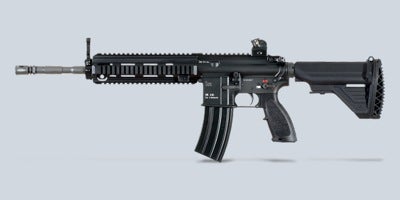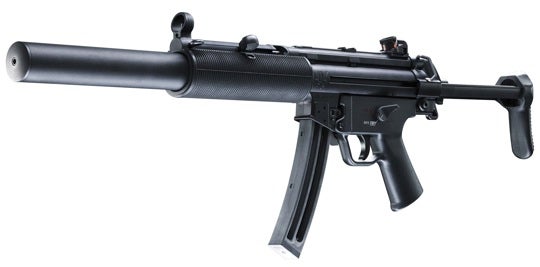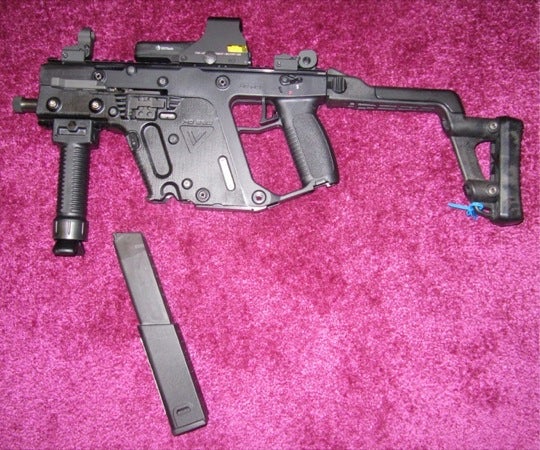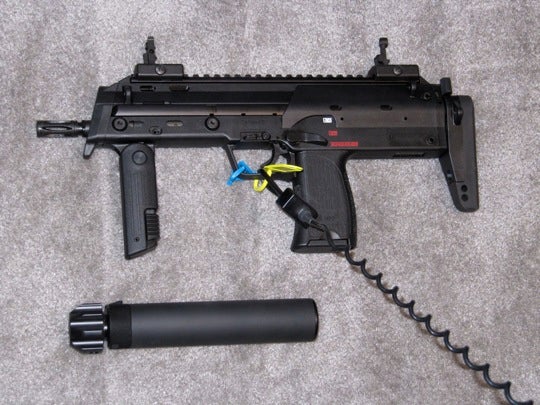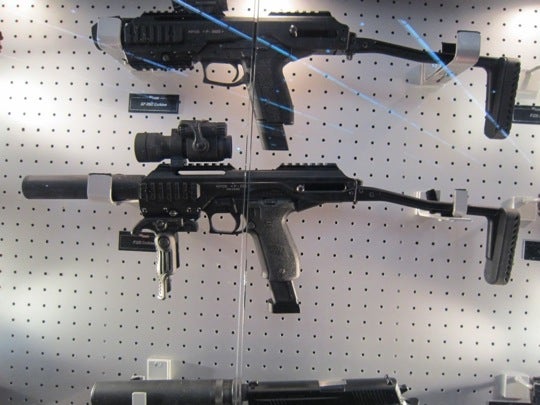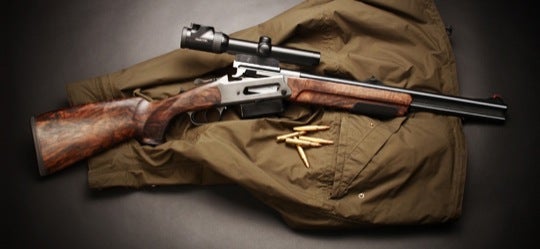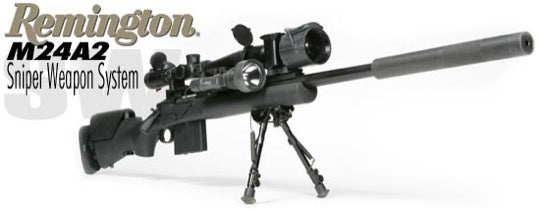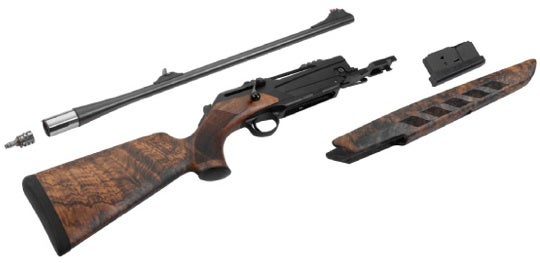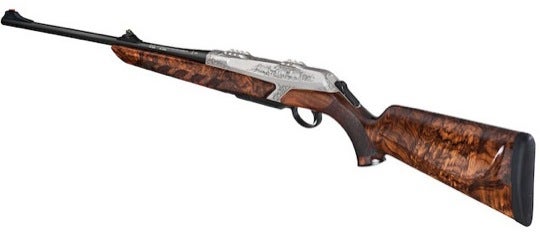Storefront Books, 2009
2-volume paperback with slip case, 1,000 pages

Anybody who has visited the Storefront for Art and Architecture has probably walked away with a folded piece of newsprint with details on the exhibition on display. Since my first visit in 1997 I've amassed quite a few, storing them in a shoebox with pamphlets from other museums and venues I've visited in New York City and beyond. The Storefront newsprints have a way of standing out from the rest, in large part from the material they are printed on as well as the monochrome graphics employed. They are anachronistic without being reactionary. They recall a time before ink-jet printers and digital publishing, a time of literal cut-and-paste graphic design and printing in local copy shops. Yet the newsprint is a consistent medium in the nearly 30-year Storefront history, spanning a time of great changes arising from digital technologies, be it graphic design, publishing, or architecture. That Storefront continues to use the format points to a desire to keep in mind the organization's origins, even as it grows in scope and influence beyond the confines of 97 Kenmare Street.

Storefront Newsprints collects over 150 of the newsletters from its early days on Prince Street to last year, reprinted in two volumes nicely packaged in a black slip case. This is book as historical artifact, focused on what could be considered Storefront's unintentional archive. Not all of the text in the reprints is legible (essays by Lebbeus Woods, Michael Webb, and Vito Acconci are reprinted in easy-to-read format), but it is the images, layouts, and most of all the subject matter that rises to the fore while perusing the collection.
Storefront Newsprints comes at the end of Joseph Grima's three-year directorship. Heading for Italy and Domus, he followed Sarah Herda, who is now at the helm of the Graham Foundation in Chicago after her eight-years at Storefront. Before them founder Kyong Park directed the space's exhibitions, and Grima's interview with him is particularly revealing about the organization and its newsprints. As the Storefront searches for Grima's replacement, the past tenuousness of its existence seems to have given way to a widespread appreciation of the organizations, its space (restored in 2008), and its place within the broader architectural community. The influence of its programs reaches beyond its 868sf home (PDF link), but the newsprints are unique artifacts for those able to visit the gallery in person...and now for those willing to spend $49.
US:
 or at Storefront Bookstore
or at Storefront Bookstore



























